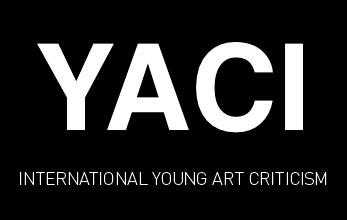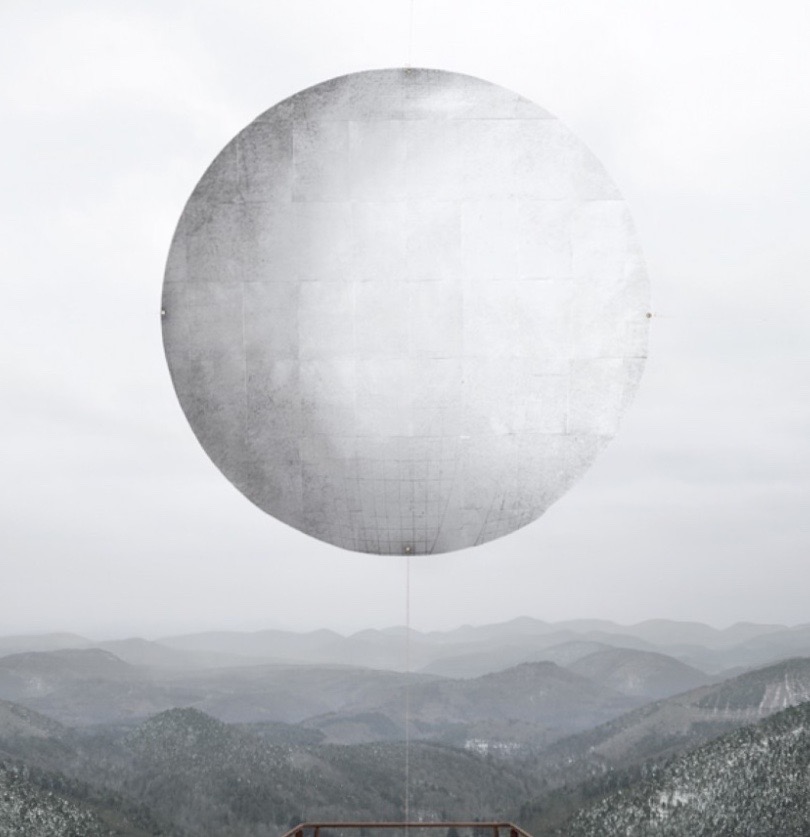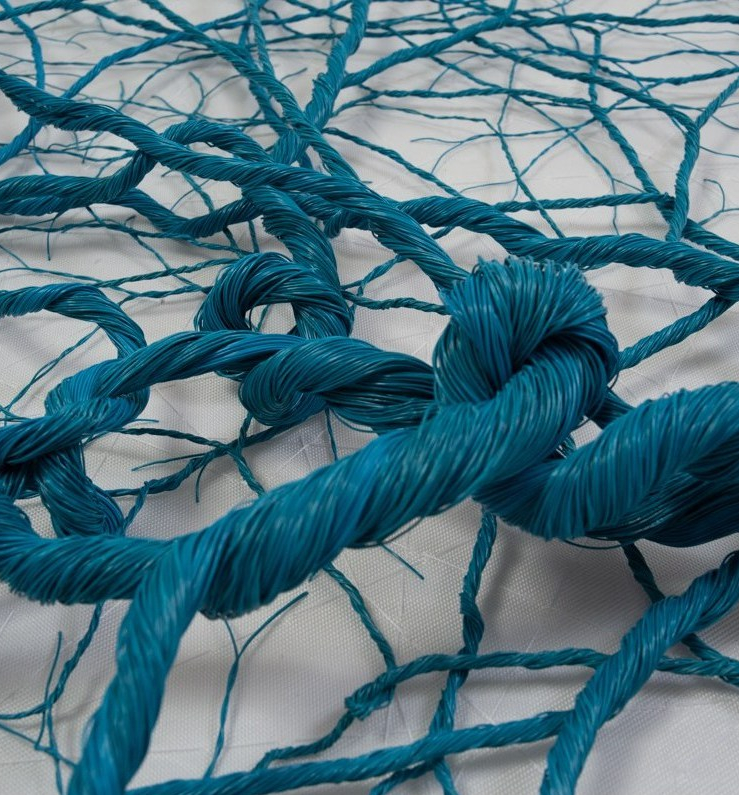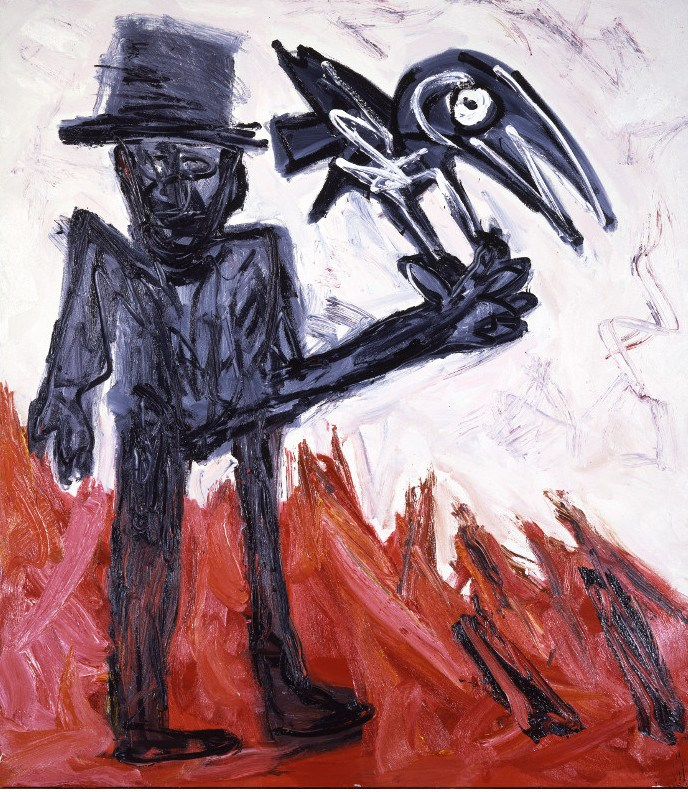FROM CODÉPENDANSE TO SYMBIOSE
At the mouth of the Amazon Delta, in a thundering rumble, the river and the ocean embrace each other. From their union sprang a wave, the pororoca, an ephemeral colossus several meters high that became a totem from the exhibition of Julia Gault, Célia Coëtte and Léa Dumayet at the Laure Roynette Gallery. The association of the three artists in this place is not the result of an external view that a third party would have taken of their work, but the result of an artistic encounter, born of a residence that they have, one after the other, lived in Brazil and that they have shared back in France. Because, despite a unique plastic vocabulary, all three drew similar conclusions in Rio. They saw in it the interplay of power between urban planning and the organic, the blatant confrontations between culture and nature. Upon their return, the analogies in their respective work are disturbing. They take up dualism as a major theme and question, through manufactured products and natural materials, the often absurd relationships we have established with our environment and its components.

What is so incongruous about seeing an unsightly pipe emerge from Léa Dumayet’s Silence photograph in a landscape that is a priori untouched by any human construction. The incoherence is similar to that of Célia Coëtte’s two of us: the tension resulting from the balance of power between this branch, ready to give in, and concrete reinforcement, is indicative of the tendency of man to erect, without any diplomacy, new forms.

Here, it is necessary to take the time to discern, the time to understand. Because omitting the other’s specific properties – by using Julia Gault’s porcelain canes, for example – is risking falling or breaking.
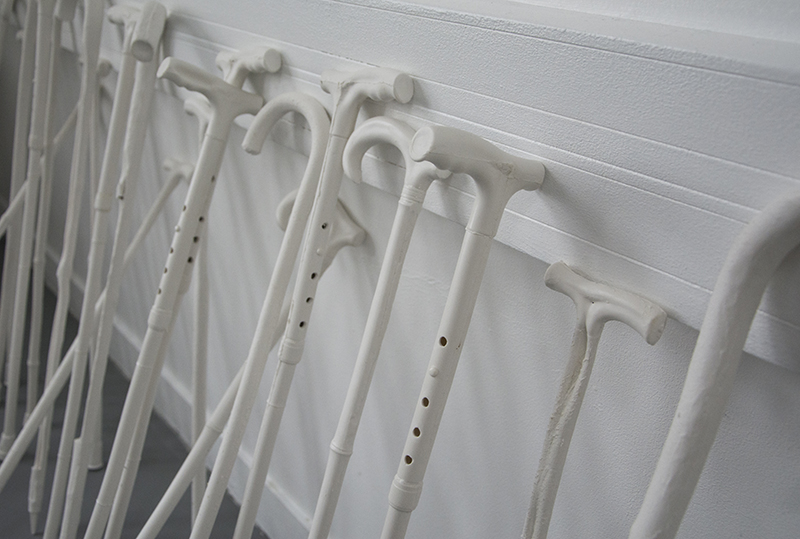
In this way, the absurdities of certain alliances that man persists in developing blindly and the precaution that is more required of us regarding the use without consideration and without moderation of the natural, on the other hand, are brought to light.
Here, the objective is not to make it big, heavy and strong by demanding that the materials surpass themselves. Moreover, the work is not the result of a struggle: its quality is not related to the artist’s ability to dominate the elements. On the contrary, the success of the three sculptors’ enterprise lies in their willingness to grasp the specificities of their tools and to recognize the performative capacities of each of them. Thus the work becomes a new body, the fruit of a relationship, of a common understanding.

When Julia Gault composes with time and physical phenomena, Célia Coëtte demands a co-participation of materials that allows them to be kept in space, while Léa Dumayet develops by adapting to the flexibility of the metals they glean here and there. Moreover, it will never weld – “it would be cheating” – but will always take the time to find the space, however small it may be, that will allow balance.

The poetics of their works lies in the co-dependence of the elements. Because here, for everything to hold, everything must hold together and therefore, everything must participate. Reciprocity is total and equivalent between them and their materials, and both never take precedence over each other, it is a plastic choreography. Because as if to sketch a dance, you have to adapt to the other’s way of doing things, and think of a new economy in your own gestures. We can also guess the negative bodies of the three artists; I then imagine their contortions, the way they were able to move in space to compose with their partners and thus organize these forms. From the rejection of dualism was finally born co-dependence: a sine qua non condition for symbiosis.
Pororoca
Célia Coëtte, Léa Dumayet, Julia Gault
Du 4 juillet au 15 septembre à la galerie Laure Roynette
